For years, I had resisted trying out a drone. I used to think they were too much hassle and annoying to others. A few of my friends were showing me awesome photo and video footage taken with their mostly DJI models such as Mini 4 Pro, and, for the most part, I was amazed. However, I kept thinking that shooting with a drone would interfere with my main photographic passion – shooting streets and landscapes from the ground level, and using the best photographic equipment I could afford.
I finally caved in about a year ago, when a good deal appeared online for a second-hand DJI Mini 2. The seller not only transferred the drone to me, but also taught me a few basics of flying it, as before that, I had literally never controlled a drone. After just a few days of trial and error, I got hooked. It’s safe to say that an entirely new chapter of photography opened up for me – aerial photography.
So, after a year of using a drone (more than one – read on), what can I say to those that are still on the fence or maybe those who already have a drone but don’t use it much? Let me summarize it in a few points that I have discovered being a drone pilot.
Unique Vantage Viewpoints
The main reason you, or me, or most people buy a drone is the unique aerial vantage points you can use with it. Shooting from above gives a completely new perspective to most of your subjects, especially landscapes.
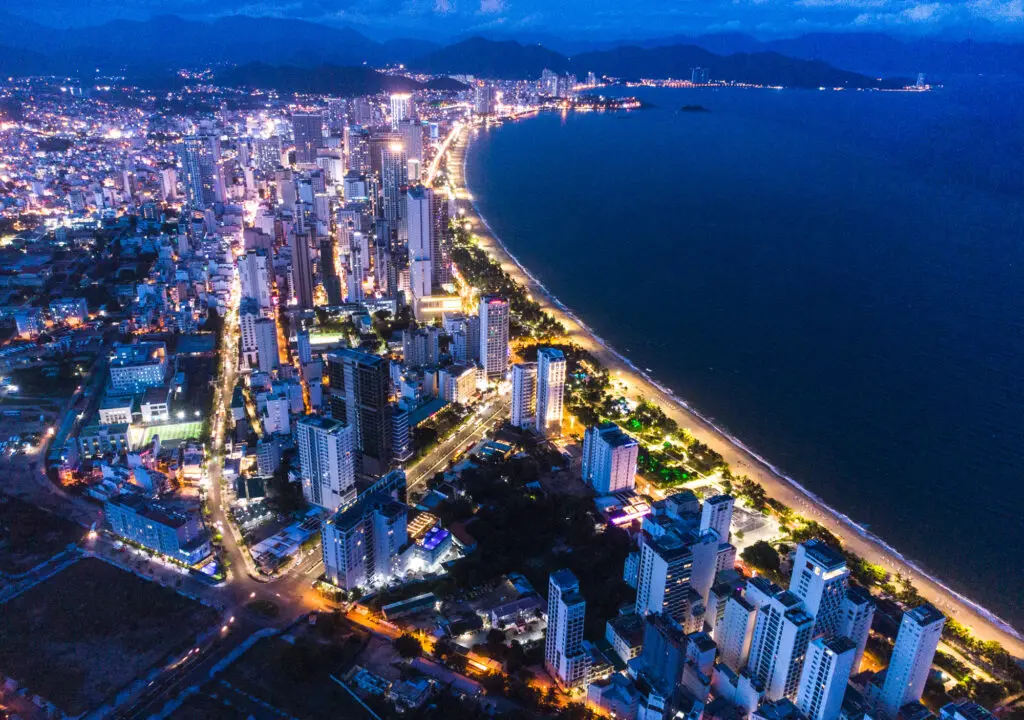
You don’t always have to go to your drone’s maximum height to get the best shots – sometimes shooting from even a few meters high provides for a whole new view. But basically, what was previously only possible to observe and capture from a flying craft such a plane, helicopter or a balloon, not can be shot from a device that fits in your jacket pocket.
Accessing the Inaccessible
Flying a drone regularly, you will quickly discover that not only you can take cool pictures from above, but you can also reach places or spots that are either time-consuming to reach or are inaccessible altogether.
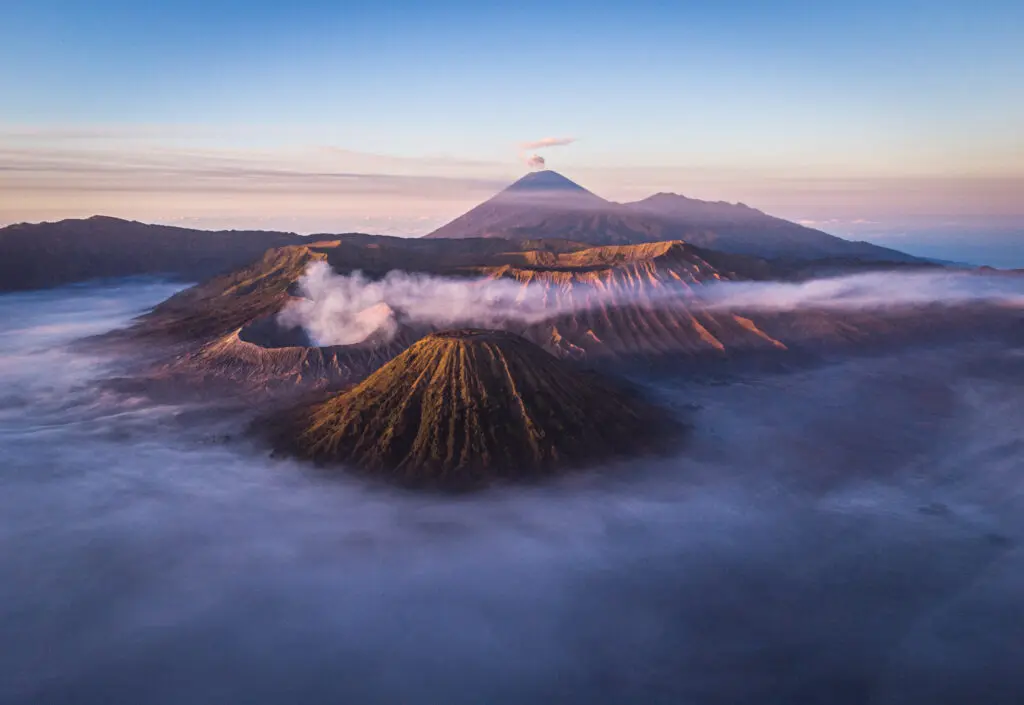
Wanna see what’s at the top of that mountain without taking hours to hike to the summit? Check.
How about seeing that little offshore island without hiring a boat to get to it? Check.
Stumbled upon a popular viewpoint with a thousand stairs but are short for time to reach the top before sunset? Check.
Wonder how a tall chimney stack looks like from above? Check.
How about that checking whether that trail goes around that mountain before hiking that way? Check.
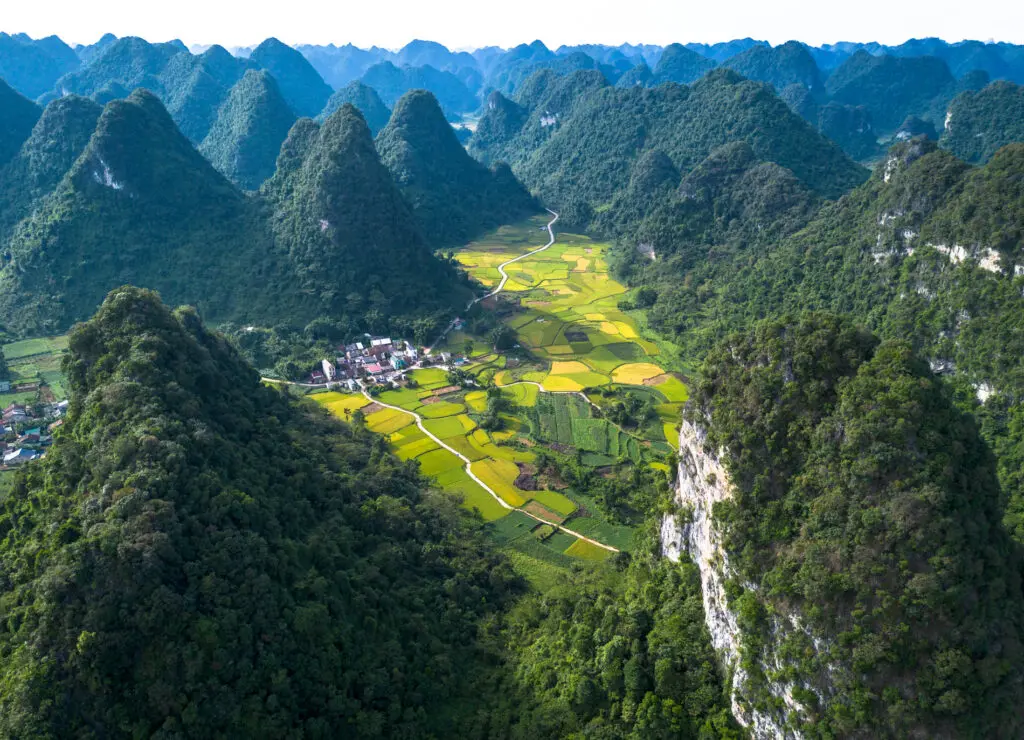
A drone will let give you plenty of useful and interesting information without spending a lot of time and/or money you would have to without a drone, while still giving you that unique aerial vantage viewpoint. Just be careful with how high or how far you fly and always mind the battery.
Unusual Abstracts
Once you start flying a drone and point its camera down, you will notice a lot of interesting and often striking images that you would otherwise rarely or never notice, let along be able to capture.
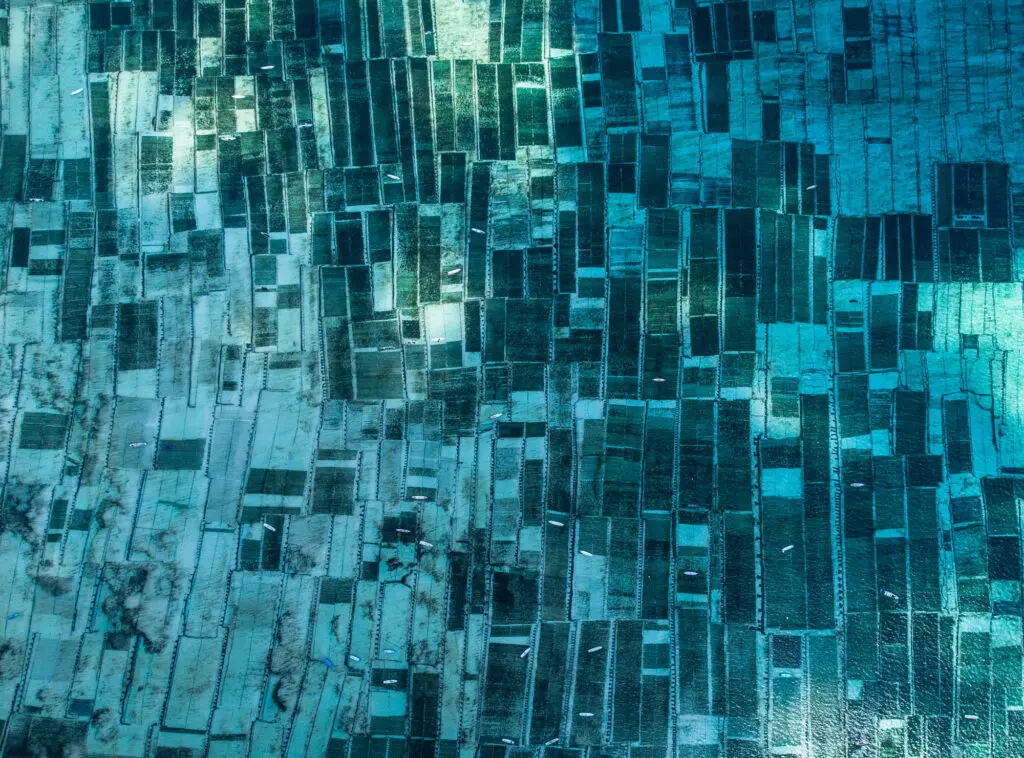
I call them aerial abstracts. I certainly did not invent the genre (Yann Arthus-Berthand could probably lay that claim), but as a photographer, I enjoy it thoroughly. Whenever I fly my drone, I try to always check not only the vistas in front of it, but what’s directly underneath. You never know what cool patterns and structures you might discover!
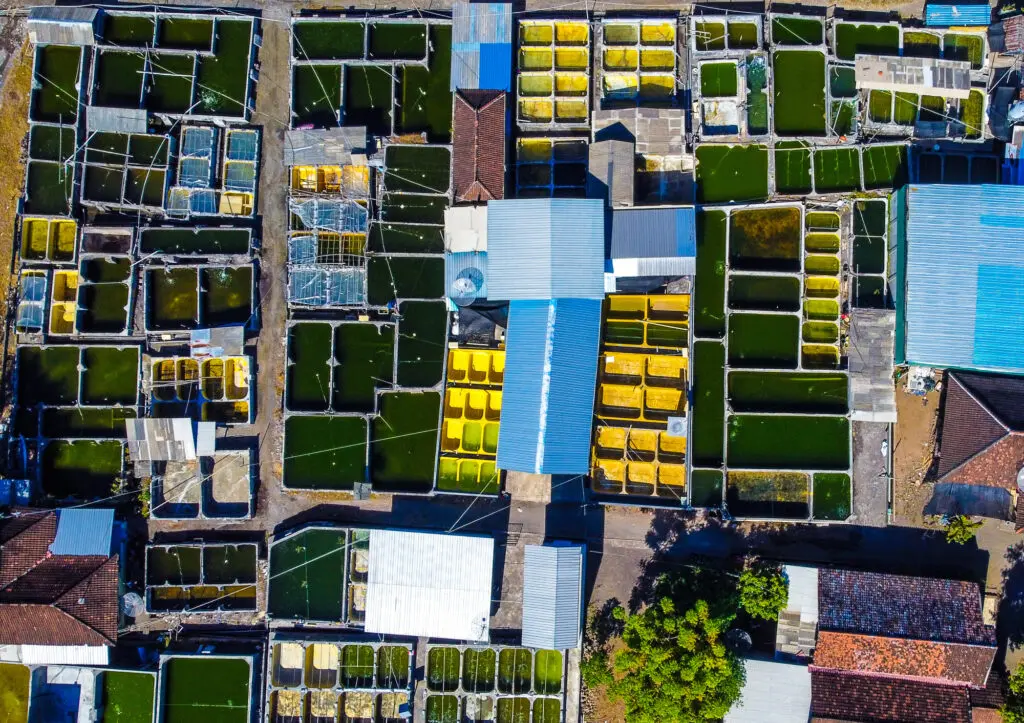
Unleash Your Inner Videographer
While drone photography is fascinating and can really captivate you, it is video shooting that’s the strongest feature of most drones. Well-taken video clips from drones are some of the most beautiful travel imagery available, so even if you had never shot a video, sooner or later, you would want to try that out with your drone.
Taking videos is a very different skill from shooting stills. The learning curve is steep and often frustrating. For starters, you have to be able to operate your drone smoothly and seamlessly. Let’s face it: shooting stills means your drone hangs still. For videos, the drone is usually moving, and any imperfections in your operating skills, such as jerky turns, sudden stops or anything less than smooth, will immediately show.
Fortunately, many modern drones have preset video modes such as Circle, Spiral, Follow Me and many others that allow for automated smooth shooting. They provide a great starting point on drone videography for those who like me, have little experience with either piloting a drone or shooting videos.
A Drone is a Disposable Tool
Now, let’s move from all the wonderful benefits of shooting with a drone to the harsh reality of owning one. You are very likely to lose it or damage it, especially as you are learning your skills.
Remember I mentioned I started flying a drone a little over a year ago? Well, believe it or not, I am on my third one now. My first drone, DJI Mini 2, served me faithfully for just over 6 months – until it crashed into a tall building in Vietnam.
My second drone was a lovely top of the line DJI Mini 4 Pro. That one lasted me just over 2 months, until I lost control over it and it descended onto the thick jungle canopy in Thailand, never to be seen again.
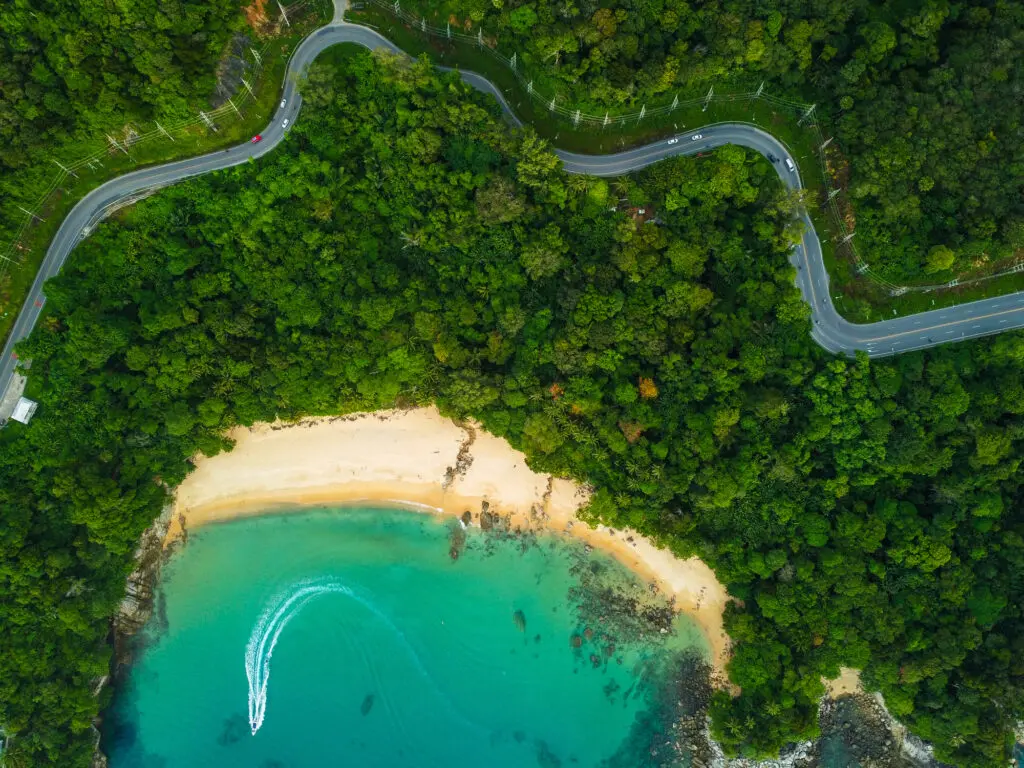
My third (and current) drone, DJI Mini 3, was attacked by birds in Iceland, dropped down with a broken propeller and got mangled up at the impact. Fortunately, I was able to recover it and the damage was reparable.
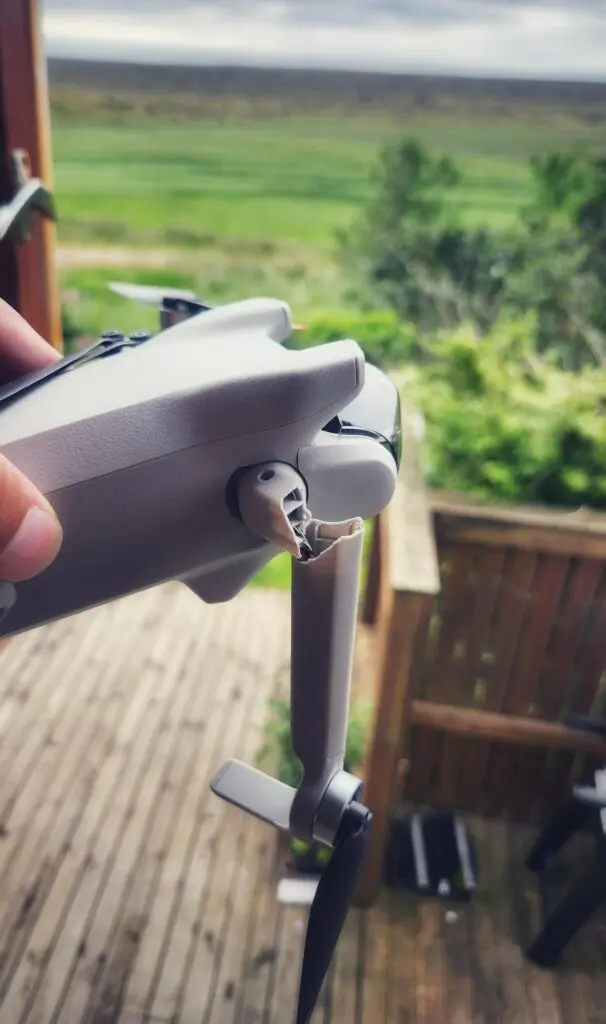
There are different reasons why a drone can be lost or damaged. The most common one, at least for me, is a loss of a signal that lasts too long. Sometimes, the signal never comes back for whatever reason, and the drone cannot return to you automatically as it should. Sometimes, you neglect the low battery, and the wind direction and strength prevents your drone from returning. Or, as in case of birds, the danger can come out of nowhere.
Drones are cheaper than they used to be, but can still be relatively pricey. That’s why you may have noticed that after the DJI Mini 4 Pro I bought the Mini 3, as I just couldn’t justify spending another hefty sum on the top-shelf drone. And yes, a lot of these situations can be easily prevented. Fortunately, there are plenty of videos on flying a drone safely on YouTube.
Finally, with the rapid development of new drone technology, especially using AI, new models such as DJI Neo, are much easier and safer to operate than any drones before. It’s a matter of short time when your drone flying experience will be much less troubled than mine!
Flying Legally
When you walk around with your camera, there are very few legal restrictions on what you shoot, even with street photography, and most of them are pretty self-understandable.
It’s a totally different game with drones. Many countries require some form or a registration before you can legally fly a drone in their airspace. Even with the sub-250g drones, such as DJI Mini family that don’t need special licensing in many countries, there are still restrictions on where you can or cannot fly.
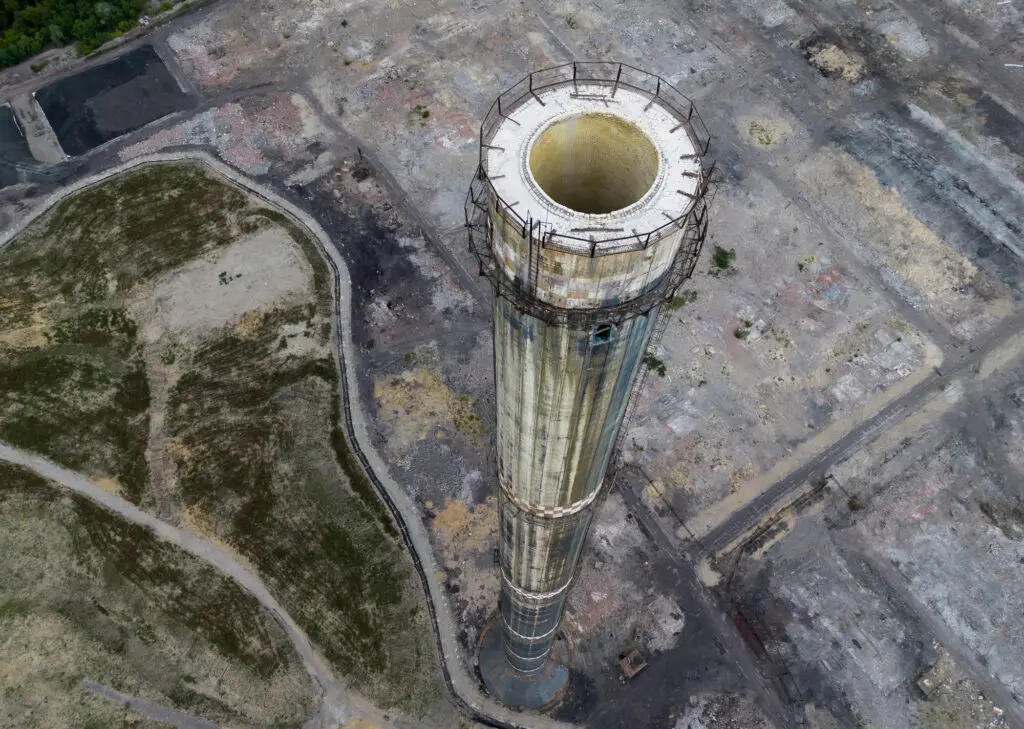
A great example is airports. One time, I tried to fly a drone on a small island off Taiwan, and because of the airport, I had to move further and further before I could take off. Well, took off I did, but when the time came from landing, the drone could not come back, as if it was hitting an invisible wall. Instead, it kept hovering about 60-70 meters from where I was. Fortunately, there was a road I could use to get closer and closer to it until I was finally able to land it. Had my battery been even 10% less full, I would have probably lost it in the trees.
While some countries’ registrations are kind of “soft”, meaning you are technically supposed to have a permit but everybody flies without it, in others, there are stiff penalties for flying without permits, like in Thailand, for example. There are countries like China that won’t let you as much as take off your drone from the ground unless it’s fully compliant, and there are still others that won’t even let you bring it in such as Oman or UAE.
So be mindful of these rules and either follow them or fly at a risk of either losing your drone or worse, paying thousands of dollars’ fines.
Did It Affect My “Normal” Photography?
Remember my main reservation of buying a drone was that it would interfere with my “terrestrial” photography? To be honest, it did. But not in a way that I regret. It certainly affected my landscape shooting, as they do look so much nicer from above in many cases. I still shoot reflections and other scenes from the ground level, but it is true that my drone has become my primary landscape photography tool.
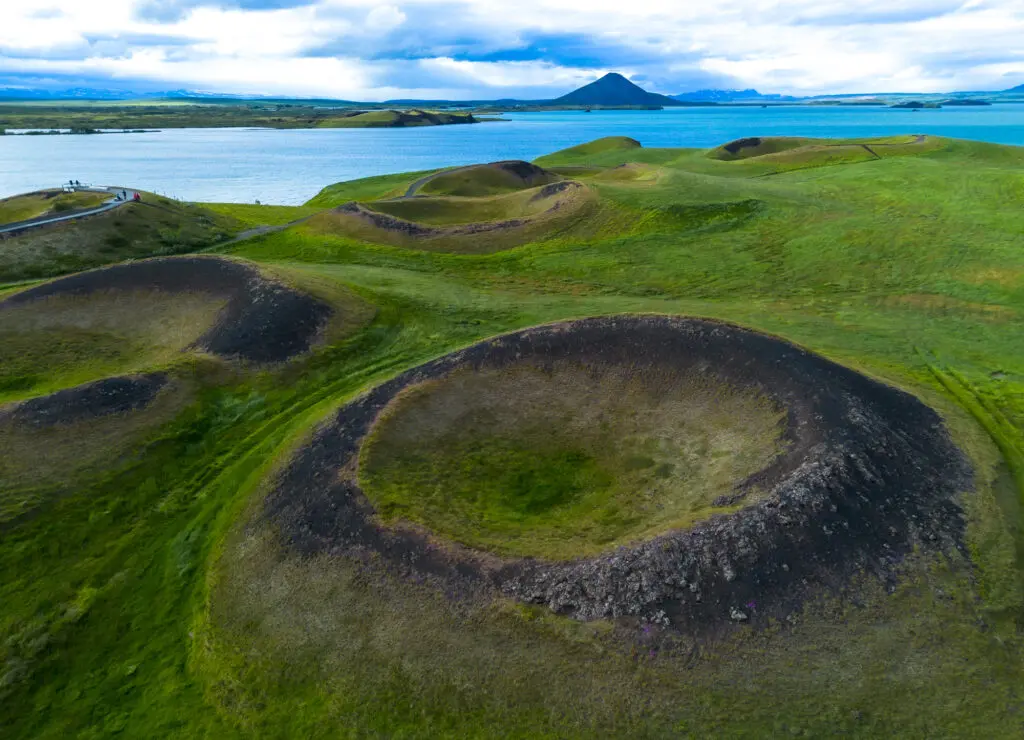
As for street shooting, nothing changed here. No drone could take photos of real life of people in the cities, unless you aim for some architectural abstracts. So I’d say about 80% of my previous photography has remained unchanged. Thus, after owning a drone (or should I say, drones) for over 14 months, I can definitely recommend you try one, too.
